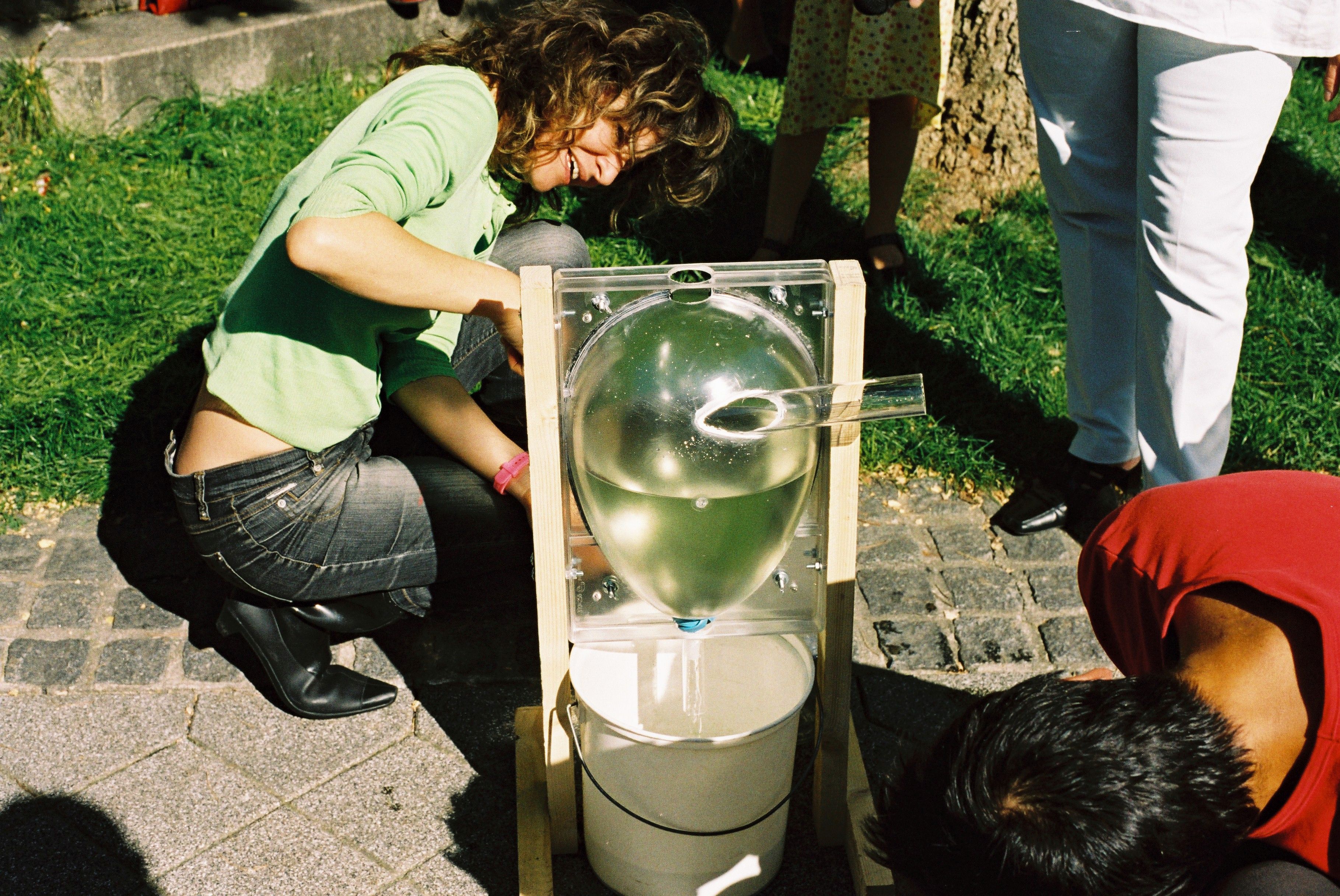Concerning Scheibbs: Life in an Austrian Town
BackArtists
- With
Information
'Concerning Scheibbs: Life in an Austrian Town', a temporary art project for a small town serves as the starting point for further considerations on structural changes that affect many European towns and cities right across cultural and regional situations. 'Life in an Austrian Town' can also be seen as an occasion to think about migration and identity, about concepts of life and about the role of art as a generator and initiator in the broader social context — extending as far as 'Life in a European Town'. Temporary art projects that go into or work with the town, the specific place and the population, initiate communication processes whose outcome is not foreseeable — to the extent that they are not set up as deliberate 'sensations'. The project was conceived as a small, fine intervention into structures that the invited artists did not know specifically, but which confronted them with aspects that they could nevertheless always relate to different experiences in different ways. If jetting around from one major art event, from one trendy metropolis to another has been considered a guarantee of success and a trademark in the art world in recent years, then 'Concerning Scheibbs' addresses the issue of the quiet sounds of unexcitedness in the countryside — a long way away from the major art discourse.
And the project was nevertheless based on openness, which in the production at that particular time was not to fulfil predetermined expectations nor offer 'solutions' — production conditions, that is, that are intended to free the artists from the pressure of efficiency and relevance, which otherwise often predominate in art institutions and their related reception and power mechanisms, which one as an artist with all tricks and infiltration one can hardly avoid. Freed from this pressure of relevance, it is perhaps precisely then possible to create a change — both for the participating artists and for the residents — that goes beyond the specific situation. As initiators of the project who do not live in Scheibbs, we can only imagine the smouldering or open disputes in the community on the basis of our imaginative potential. Social codes and family connections tend to be more dominant in a small town because they are more unavoidable. The positive reception of the project in the town, which is in particular thanks to the tireless efforts of the local cultural association, was thus all the more pleasing. From the confrontation with these temporary projects, Scheibbs is thus now called on to develop a vision for a new kind of sustainability. Through the openness of the people of Scheibbs, the artists were able to pose questions that go far beyond Scheibbs. Scheibbs thereby becomes a case study — not just an Austrian town, but a town in a region beyond the immigration streams of major cities and thus reflecting a phenomenon that concerns the whole of Europe, regardless of specific cultural characteristics.
Contributors
- Kuration
Contributions
Bureau d’études
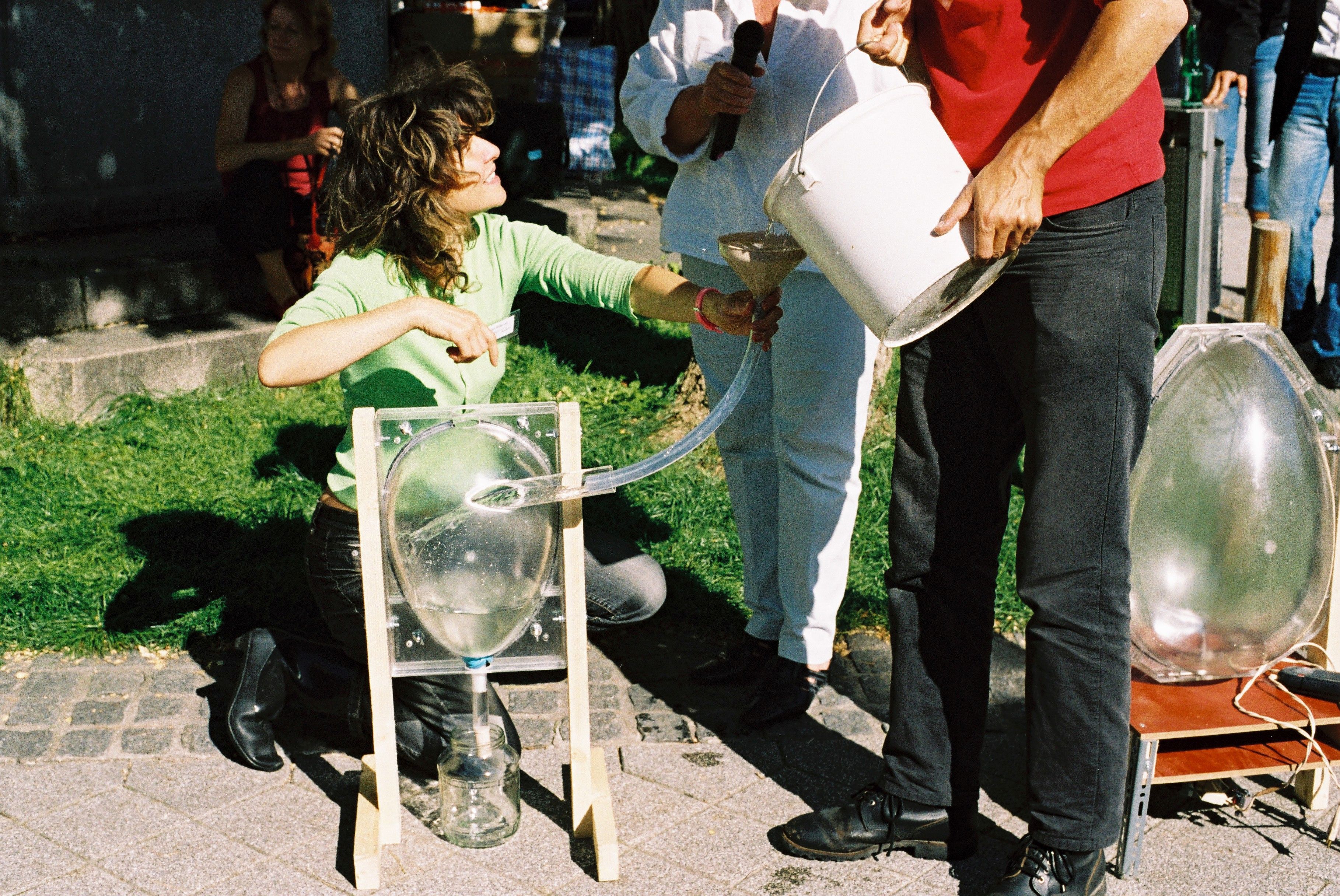
The group Bureau d’études was interested in an outstanding and at the same time controversial research personality, Viktor Schauberger. In their work the artists emphasised the possibilities of the individual to assert themselves against society, against contemporary trends and multiple changes in political events. This approach is all the more interesting as precisely Scheibbs has a high density of outstanding individual personalities who are using the situation far away from the much-invoked 'centre' to develop individual positions: an internationally recognised entomologist who started as an 'amateur' and developed a parallel world to his secure employment; a journalist who stimulated an independent cultural creativity through his exemplary commitment; a resident who offered travelling artists her home without knowing them in advance — as well as many others whom we do not yet know. All these personalities made a project like 'Concerning Scheibbs' possible in the first place.
shapeupscheibbsgroup
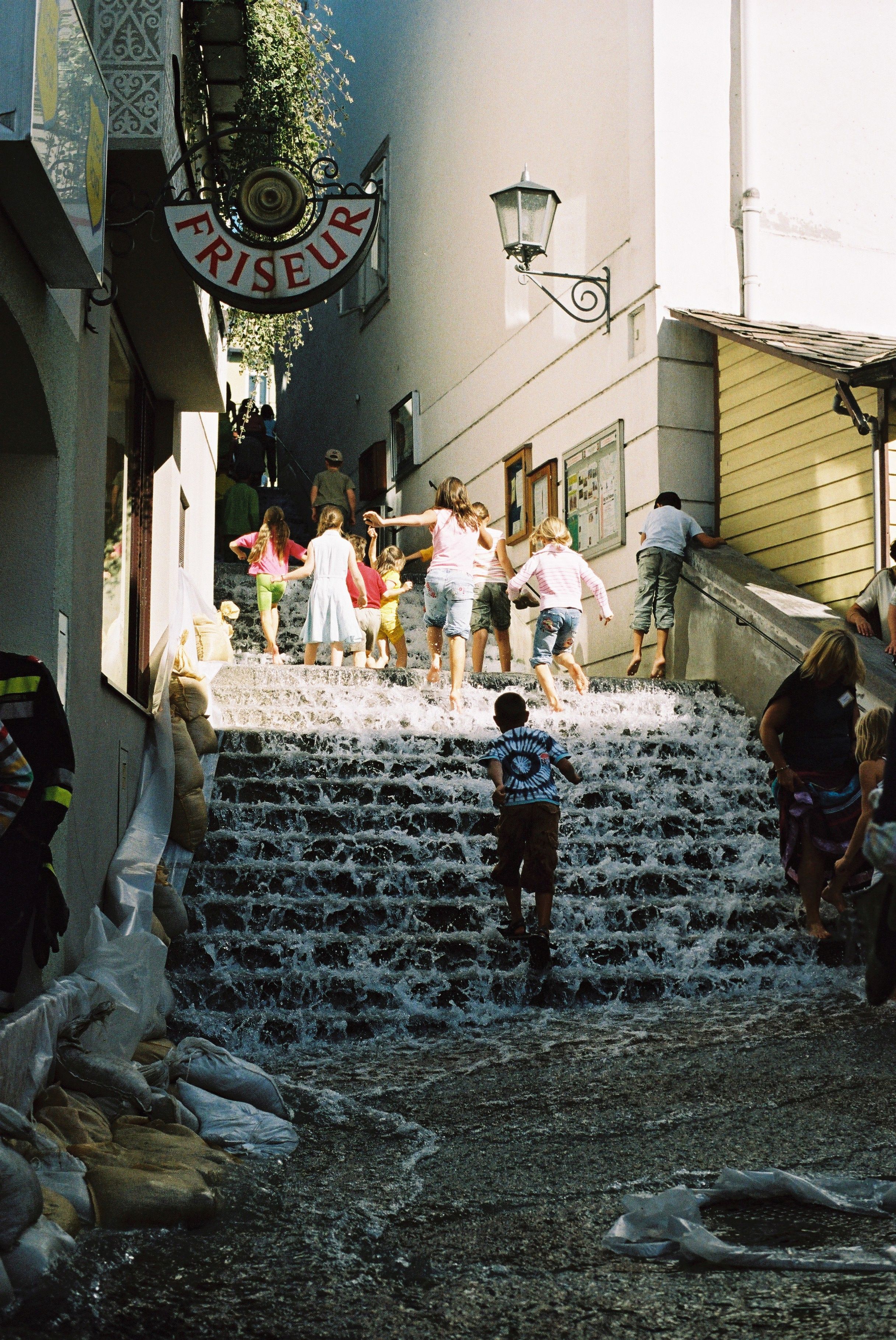
The shapeupscheibbsgroup dedicated a wealth of spontaneous public actions to Scheibbs, nourished by their research, which quickly exposed certain — also unpleasant — points and immediately included the inhabitants. As a highpoint during the final weekend, the artists flooded the stairs along the main square – a concerted performance that took place in cooperation with the fire brigade and alluded to the regular emergency action required in recent years owing to flooding.
Klub Zwei
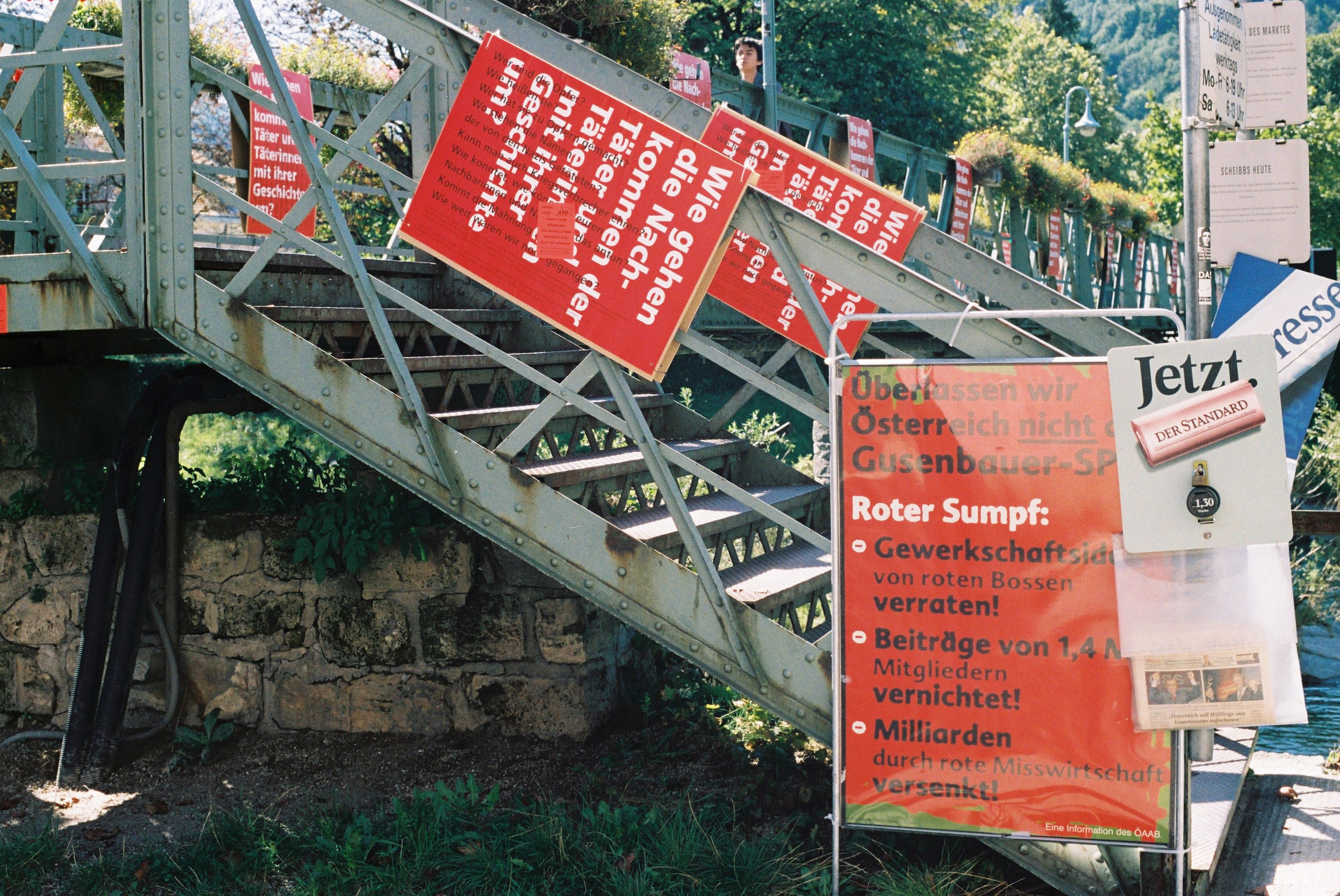
Klub Zwei worked with a school class on the legacy of the Nazi past of Scheibbs. They conceived a series of postcards, which were distributed as new postcards of Scheibbs. On the opening weekend, the artists were represented by the historian Klaus-Dieter Mulley, who went into the history of the town in detail on site.
Book & Hedén
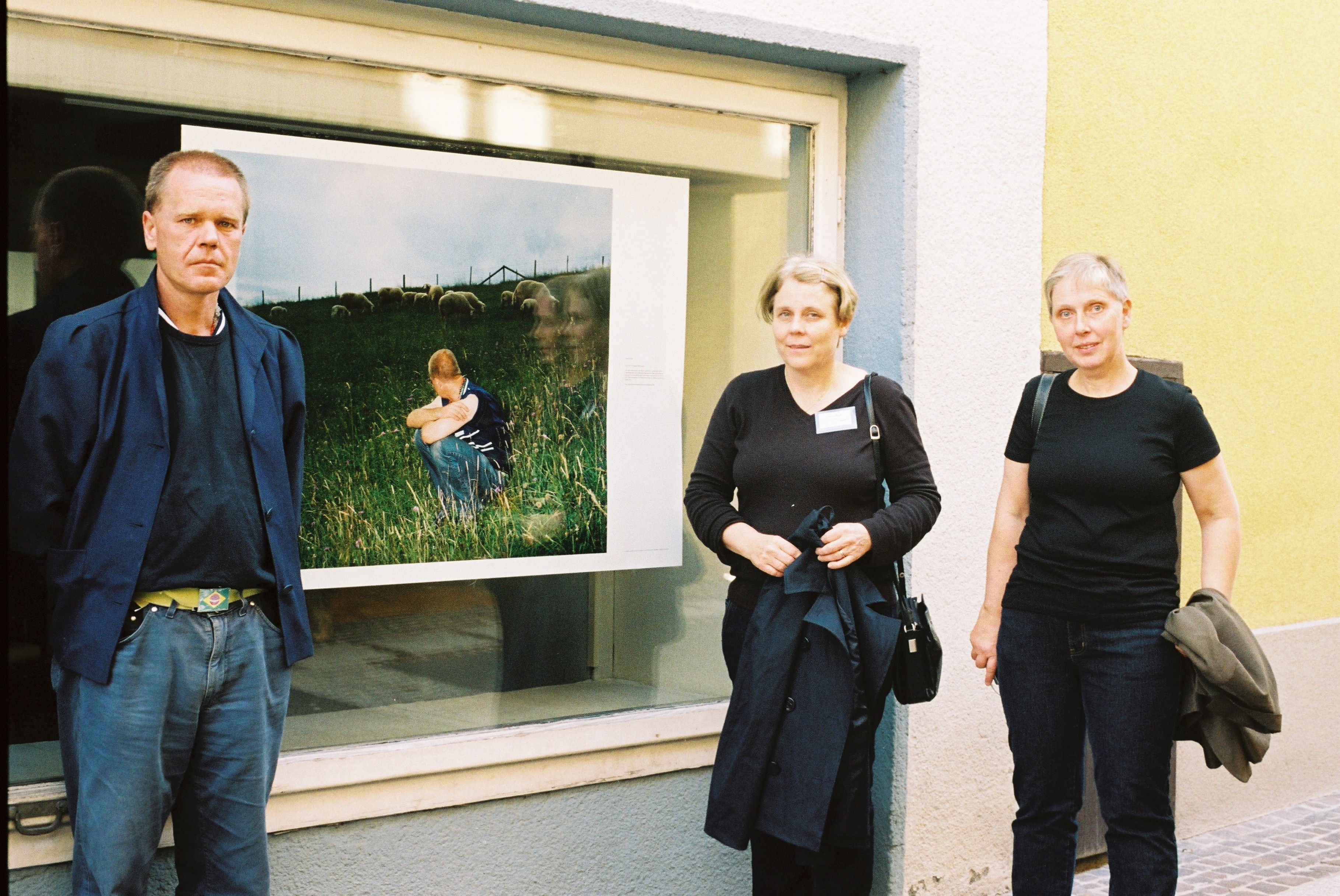
Book & Hedén certainly inhabited Scheibbs most extensively. They moved in everyday places around Scheibbs, visited restaurants and gradually learned about various often hidden stories of the local residents. They encouraged the locals to tell their individual stories. and developed an individual poetic text out of it. Together with a photo of each person — whom they photographed at the place related to the story concerned — they transferred this to a poster that was subsequently displayed in the window of the empty shops. The previous history was thereby superimposed on the recent developments of the economic structure of the town.

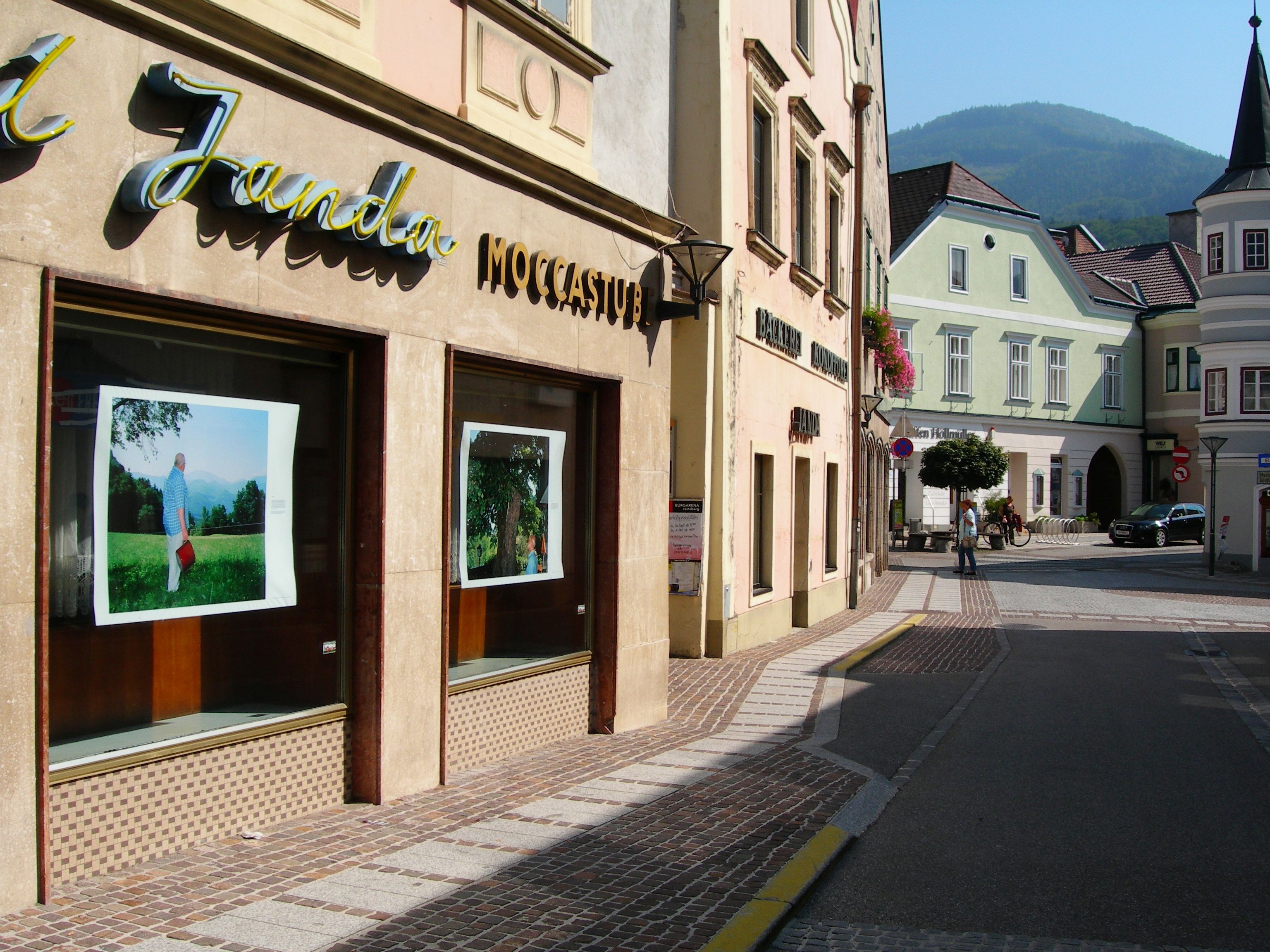
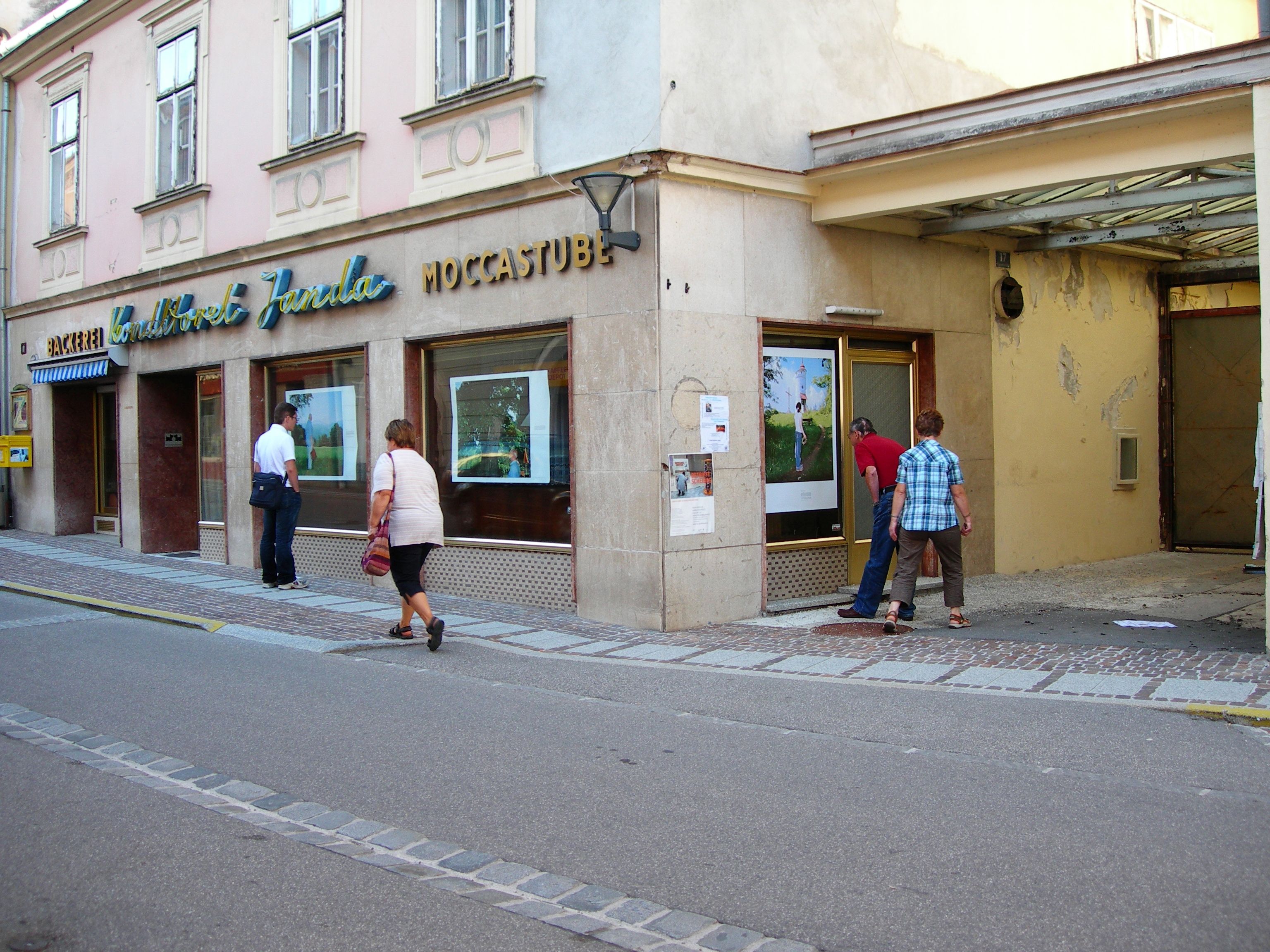

Anette Wehrmann
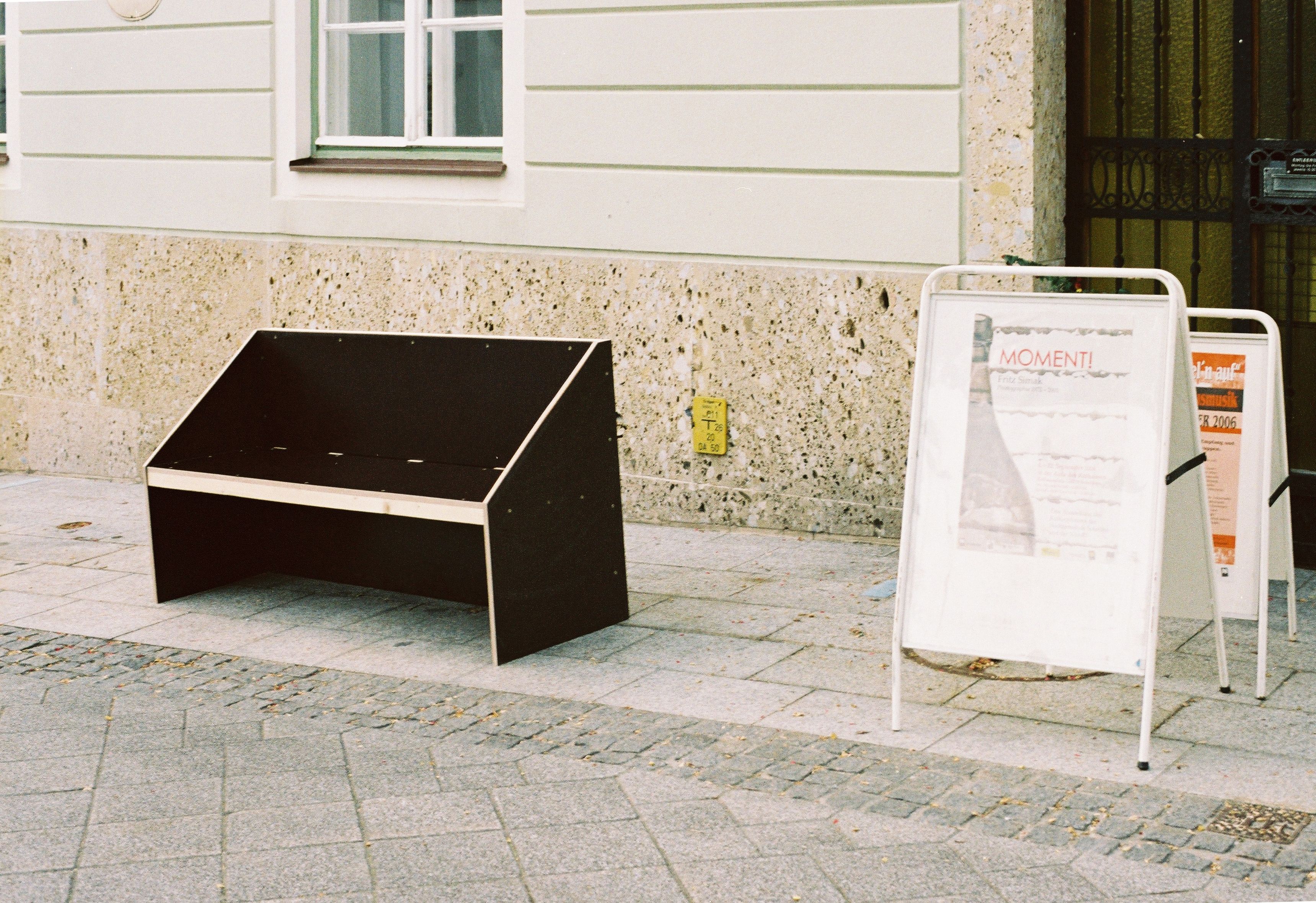
Annette Wehrmann observed presence and absence through the singular object of the park bench in their diversity of forms in Scheibbs — and included a park bench she had designed herself as a present to the town — a park bench that is unoccupied by history and open to what is coming. Accordingly, the visiting artist’s very direct and individual contact with the individual residents was juxtaposed to the anonymity of the unused park benches that are available to a 'general' public. History — in the more remote as well as in the recent past up to the present — is released from its anonymity, and so provides a possibility to confront the body of society specifically by taking this art project as an occasion to intervene for the future.
Images (10)










